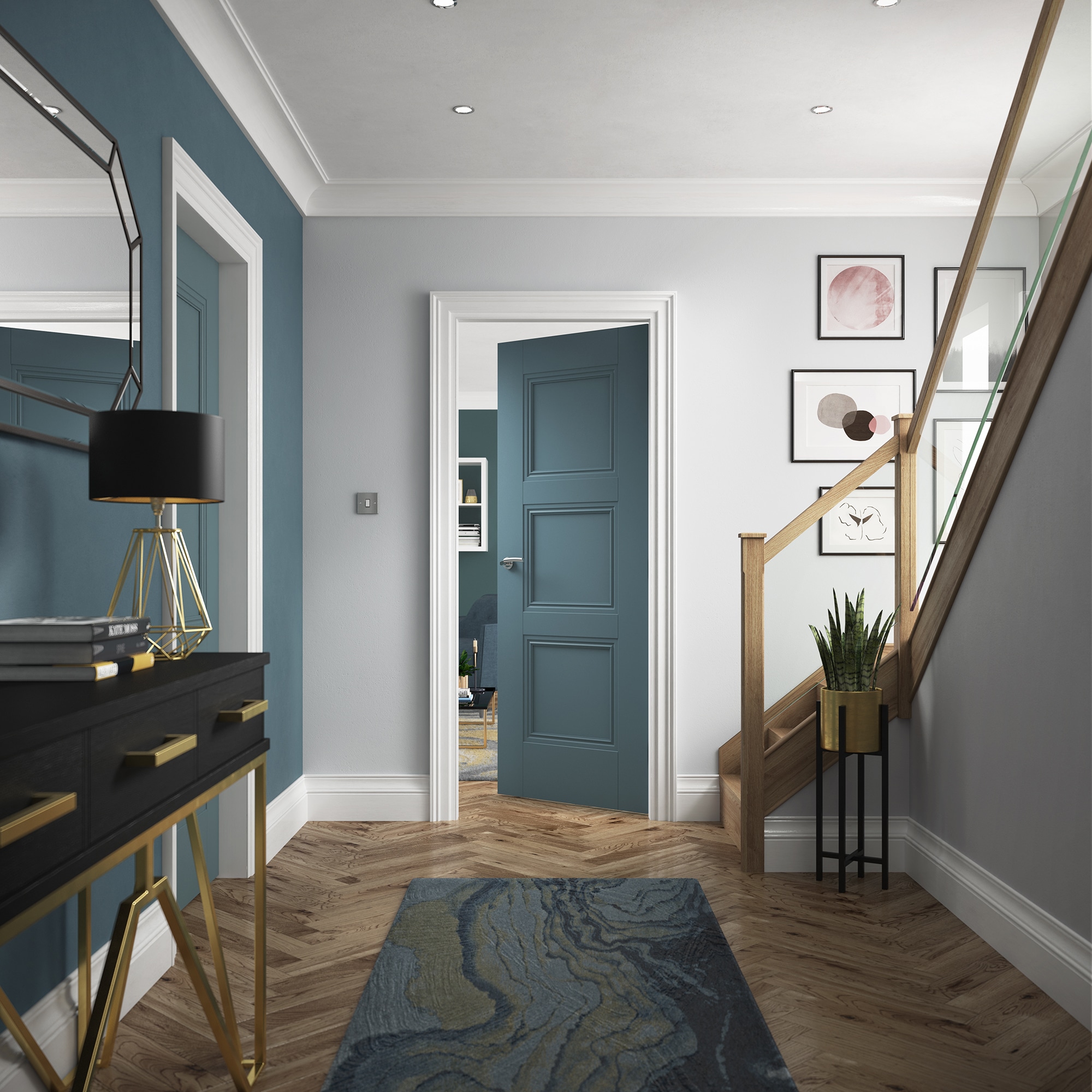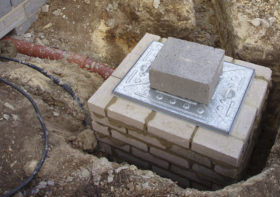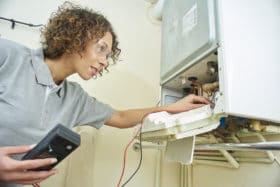
Use code BUILD for 20% off
Book here!
Use code BUILD for 20% off
Book here!The government’s recent shake-up of planning regulations has, from this autumn, allowed UK homeowners to add extensions to their property with far less red tape. That’s good news, but there are so many elements to consider in a project that it can be easy to forget some of your obligations.
One area that’s gaining more recognition is fire doors. The safety of your home and Building Regulations compliance are aspects of your project that you shouldn’t ignore. Our advice at JB Kind would be to ensure your designer and builder are fully up to speed with the regulations on fire doors when considering any kind of home improvement.
Many extension (as well as new build) project designs will specify the need for fire doors at various key points in the interior. As you leaf through catalogues or browse the internet looking for designs you like, safety is key – but you’ll be pleased to hear that many door styles are now available as fire-rated options. This includes glazed and bespoke units, too.
Learn more: Choosing the Best Internal Doors for Your Home
For example, here at JB Kind, virtually all our internal doors have an FD30 fire safety option. This is the most common rating for a domestic fire door. It means the unit has been approved by an authorised United Kingdom Accreditation Service (UKAS) body to resist fire for a minimum period of 30 minutes, giving precious time to allow inhabitants to exit if they need to.
By containing the spread of a fire, these doors both save lives and also protect the rest of your property. FD30 fire doors are typically 44-45mm thick, which is around 5-10mm thicker than a standard non-fire door leaf.

These classic internal doors from JB Kind come in solid, glazed and fire door options
Fire-rated doors have various types of core construction, such as particleboard, flaxboard or solid timber. However, it’s important to know there is no real performance difference between them. As long as the unit has been tested and authorised by a UKAS body, it is safe for your home.
Fitting the door correctly is crucial and we always advise working with an approved fitter. This could be your supplier, but to check their credentials, you should ask if they are a member of an accredited fire door installation scheme, such as FIRAS.
A fire door must be fitted with the approved intumescent seals, frame material and ironmongery. If not, it simply will not perform as it was designed to. Information on the correct fitting can be found in the fire door certification.
When it comes to Building Regulations, those for domestic properties will specify where you need to install a fire door. Examples include into an integral garage, in a loft conversion and in properties with three storeys or more. Your local authority’s building control team or your architect should be on hand to advise on these matters.
For added peace of mind, look out for fire doors that have been certified by an independent third party, such as Warringtonfire’s Certifire scheme. This will demonstrate the product complies with the regs, helping to ensure the safety of your home thanks to strict audited testing.
| Gary Crew is fire door specialist at JB Kind. The company is a leading UK door distributor and a market leader in stylish internal fire doors. JB Kind ensures all its wooden doors are procured from sustainable sources. |
Main image: JB Kind

